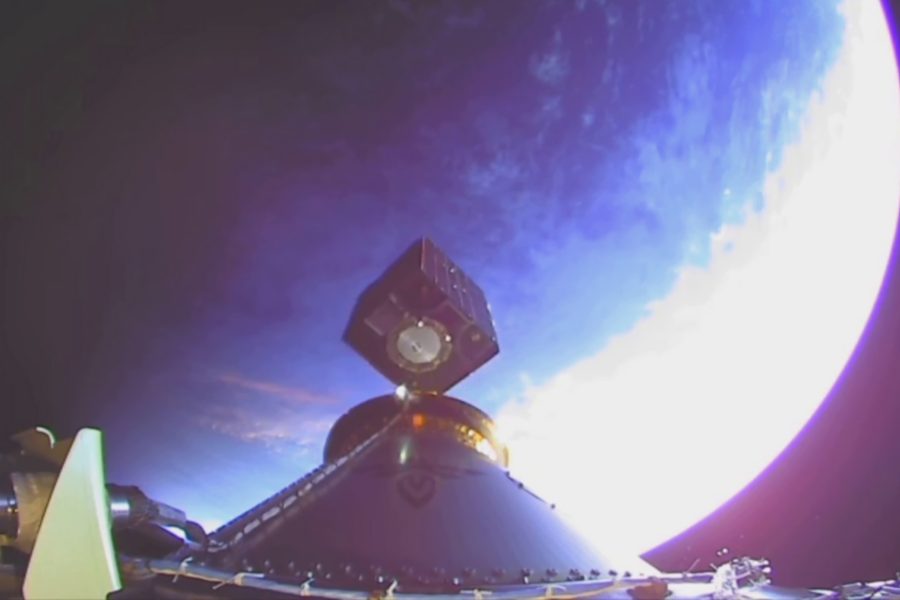Five months after the Space Force made history by launching a satellite just 27 hours after receiving orders, the mission is over and the spacecraft is out of orbit, the service announced this week.
The effort, dubbed Victus Nox, broke records when the Space Force built, delivered, launched, and operationalized a satellite faster than ever before—part of the service’s push for tactically responsive space. Now, attention shifts to a follow-on mission, Victus Haze, with contracts for that demonstration expected in the next few weeks, according to a new press release.
The Space Force awarded contracts for Victus Nox in October 2022, tasking Millennium Space Systems with building the satellite and Firefly Space Transport Services with launching it. By August 2023, the two companies entered a ‘hot standby phase’ where they awaited an alert notification from the Space Force that would give them 60 hours to transport the payload from the Millennium facility in El Segundo, Calif., to Vandenberg Space Force Base 165 miles away, then test, fuel, and mate it to Firefly’s Alpha launch vehicle.
They accomplished that task in 57 hours, then waited for final launch orders that came Sept. 13. Within 27 hours, the launch vehicle took off.
Once the satellite was in orbit, it took just 37 hours for the operations team to complete its initialization phase, the Space Force explained. From there, the satellite was operated by members of Space Delta 2, which keeps track of objects orbiting the Earth, Space Safari, an office that aims to quickly stand up missions in response to urgent military needs, and other elements of Space Force, Millenium Space Systems, and the Aerospace Corporation.
“I couldn’t be prouder of the test and operational support the entire Space Delta 2 team provided for this game-changing mission,” Col. Raj Agrawal, commander of Space Delta 2, said in a statement. “We quickly rose to the challenge and demonstrated that Tactically Responsive Space missions like Victus Nox are capable of meeting urgent combatant commander needs on tactically relevant timelines during Great Power Competition.”
After the mission’s on-orbit objectives were complete, the team took the satellite out of orbit. Space Force missions are “purposely designed to include end-of-life disposal for satellites, in order to reduce orbital debris and keep space accessible for all,” the service noted in its release.
Victus Nox was fast, but Chief of Space Operations Gen. B. Chance Saltzman wants to go even faster in Victus Haze, a follow-on demonstration first announced in August 2023. The general said at last week’s AFA Warfare Symposium that he expects the mission to launch in 2025, and the Space Force said in its release that the contract is expected to be awarded in the coming weeks.
“Five days from warehouse to on-orbit operations is pretty fast,” Saltzman said Feb. 13 about Victus Nox. “But in the grand scheme of things, when you’re moving at 17,500 miles per hour, five days is still a long time, and a lot can happen in five days. And so I’m going to be pressing the team to continue to reduce that critical path down to hours and hours and hours, rather than days.”

